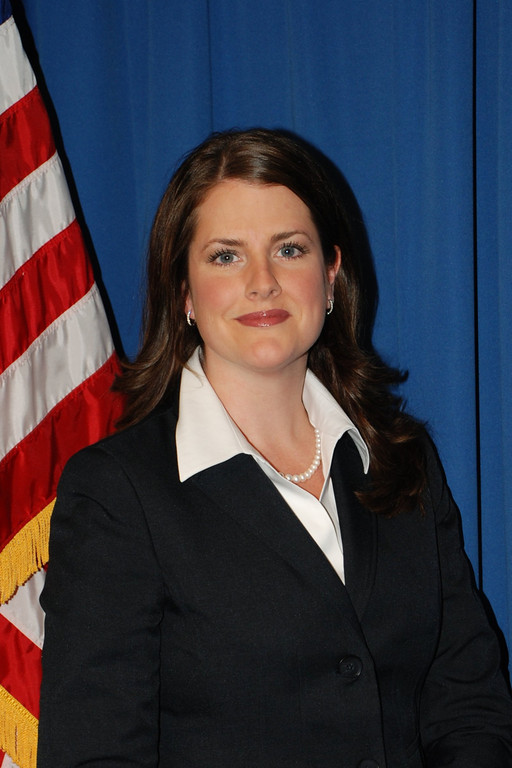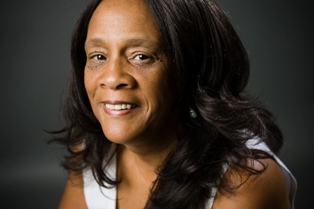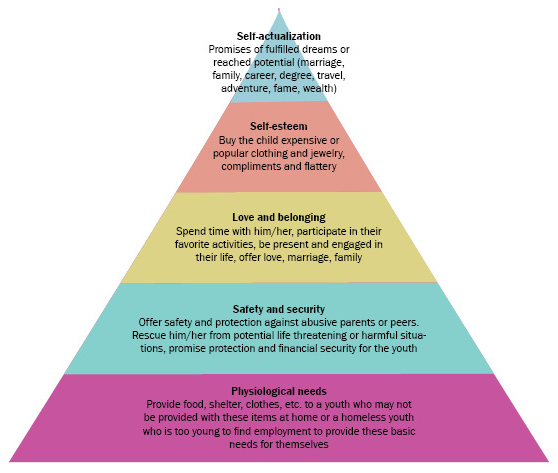Special guest blog post by Anna Smith, Executive Director & Co-Founder of Restore One. Commercial sexual exploitation “happens to boys, too.”
“You may choose to look the other way but you can never say again that you did not know.”– William Wilberforce
The words of William Wilberforce serve as a stark reminder that with knowledge not only comes power but responsibility.
In Spring 2013, ECPAT-USA’s groundbreaking study And Boys Too created a buzz in the sex trafficking movement and forced us to expand not only our knowledge of commercial sexual exploitation (CSE) and sex trafficking but it increased our responsibility to act on behalf of boys too.
Experts estimate that annually between 100,000-300,000 American youth are victims of some type of commercial sexual exploitation (CSE) within the United States. Without any education, most Americans assume sex trafficking and CSE happens only to women and girls. The majority view men as perpetrators and seldom consider them as victims. However the 2008 study, The Commercial Sexual Exploitation of Children in New York City, suggests that as many as 50% of commercial sexually exploited American youth are young males.
While the victimization of each gender requires an equal grade of attention, the sex trafficking movement has largely overlooked the fact that it happens to boys too.
Such knowledge shaped the work I do at Restore One and the population we plan to serve through our long-term aftercare program, The Anchor House. Opening in 2014, The Anchor House is staged to be the first in the United States to provide long-term residential care specifically to domestic minor sex trafficked and CSE boys. The issues facing DMST and CSE boys, while similar to girls, are firmly unique. Some of the trends unique to DMST and CSE boys we’ve observed both through study and through relational interaction with male survivors include:
- The common age of first exposure to the sex trade is younger; studies suggest that a boys average age of entry is 11-13 years old.
- The game is different; boys are not always ‘pimped out.’ There is often a market facilitator involved in the recruitment and brokering of boys to buyers.
- Boys express greater amounts of humiliation and shame when associating themselves as victims of sexual exploitation, thus decreasing solicitation of services.
- Boys have an increased bewilderment toward sexual orientation and gender identity.
- Studies suggest that the bulk of boys identify as heterosexual. Yet gay, bi-sexual, transsexual and questioning (GBTQ) youth represent a significant portion of sexual exploited youth. Along with boys, GBTQ populations must be addressed.
- Boys in the sex trade are at an increased risk for physical abuse, sexual transmitted infections and HIV.
Also worth noting, boys exiting the sex trade report complications such as: depression, anxiety, Post Traumatic Stress Disorder (PTSD), suicidal thoughts, poor self image, sexual identity issues, sexual transmitted infections, HIV, lack of family support, drug dependency and obstacles with physical injuries.
At Sharing the Hope, I look forward to expanding upon not only these unique trends but discussing the framework application of The Anchor House program.
To hear more on this topic, join Anna Smith and over 25 national experts at Sharing the Hope, November 7-9 in Washington D.C. Early bird registration closes October 1. Book now!
 Anna Smith is Co-Founder and Executive Director of Restore One. Anna works diligently on Restore One’s chief project, The Anchor House. The Anchor House will be the first shelter in the nation designed to meet the psychological, physical and sociological needs of sex trafficked and sexually exploited American boys. Aside from Anna’s work with the Anchor House, she oversees Restore One’s prevention program, Project So Loved, and serves as Chair of the Pitt County Rapid Response Team. Anna has dual a degree in Social Work and Religious Studies and is currently pursuing her Masters in Clinical Counseling. Anna is a strong advocate for sex trafficked and sexual exploited males. Anna has a resilient passion to see child sex trafficking victims experience true healing and restoration.
Anna Smith is Co-Founder and Executive Director of Restore One. Anna works diligently on Restore One’s chief project, The Anchor House. The Anchor House will be the first shelter in the nation designed to meet the psychological, physical and sociological needs of sex trafficked and sexually exploited American boys. Aside from Anna’s work with the Anchor House, she oversees Restore One’s prevention program, Project So Loved, and serves as Chair of the Pitt County Rapid Response Team. Anna has dual a degree in Social Work and Religious Studies and is currently pursuing her Masters in Clinical Counseling. Anna is a strong advocate for sex trafficked and sexual exploited males. Anna has a resilient passion to see child sex trafficking victims experience true healing and restoration.



 A new poll released by Netmums
A new poll released by Netmums








